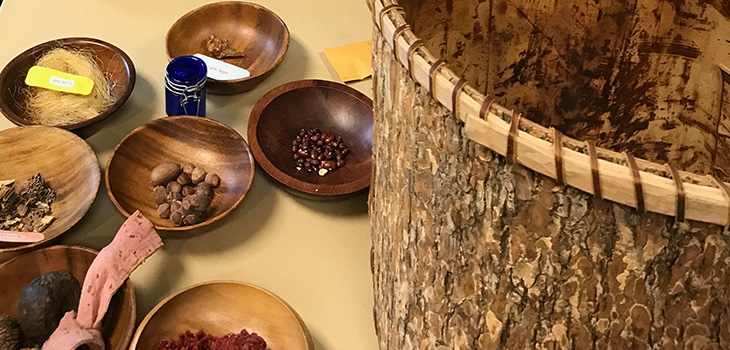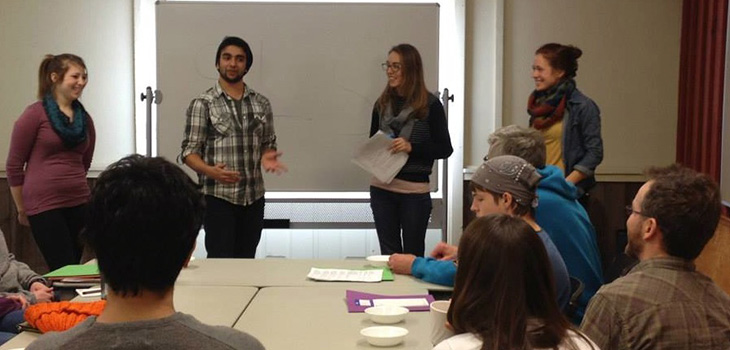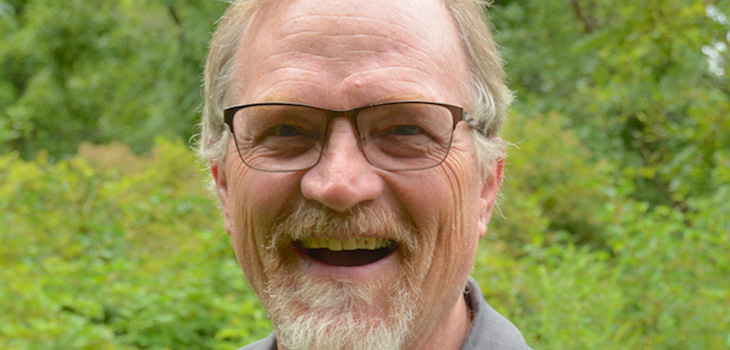 Every three years, I take a class of Goshen College students to the plains and mountains of northern India to study the ecological foundations of human sustainability and the stress that modernity puts on them. It is a place of unparalleled diversity, density and beauty.
Every three years, I take a class of Goshen College students to the plains and mountains of northern India to study the ecological foundations of human sustainability and the stress that modernity puts on them. It is a place of unparalleled diversity, density and beauty.
It’s one thing to talk about the concept of an ecological footprint. It’s another to stand on a hillside in the Himalaya and look across at a village on the other side, seeing the zones of agriculture radiating from it and realizing that 95% of the materials those villagers need for decent lives come directly from that hill. That helps us think more clearly about the lives of Indians living in the cities, not to mention our own lives back in North America with their supply chains stretching across the globe.
Studying Hindi
 After leading this course in 2016, I realized that a working knowledge in Hindi would strengthen my interaction with the many people who help with our trip. It was also clear that working directly with contacts here could create better opportunities for my students when we return in May.
After leading this course in 2016, I realized that a working knowledge in Hindi would strengthen my interaction with the many people who help with our trip. It was also clear that working directly with contacts here could create better opportunities for my students when we return in May.
Thanks to funding from Goshen College, I’ve been able to work on both of those goals during the month of February. I spent the first three weeks of language study in Jaipur, followed by another week in Delhi and Mussoorie, meeting with colleagues. The latter includes meeting the leaders of formal environmental education programs from all of the Indian states, touring conserved and restored forests in the metropolis of Delhi, and planning details for the upcoming Goshen trip with friends at the Hanifl Centre in Mussoorie. Combined, the trip is giving me many ways to strengthen this occasional international partnership, something which should benefit many students in the future.
– Jonathon Schramm is an associate professor in the Sustainability and Environmental Education Department at Merry Lea.



